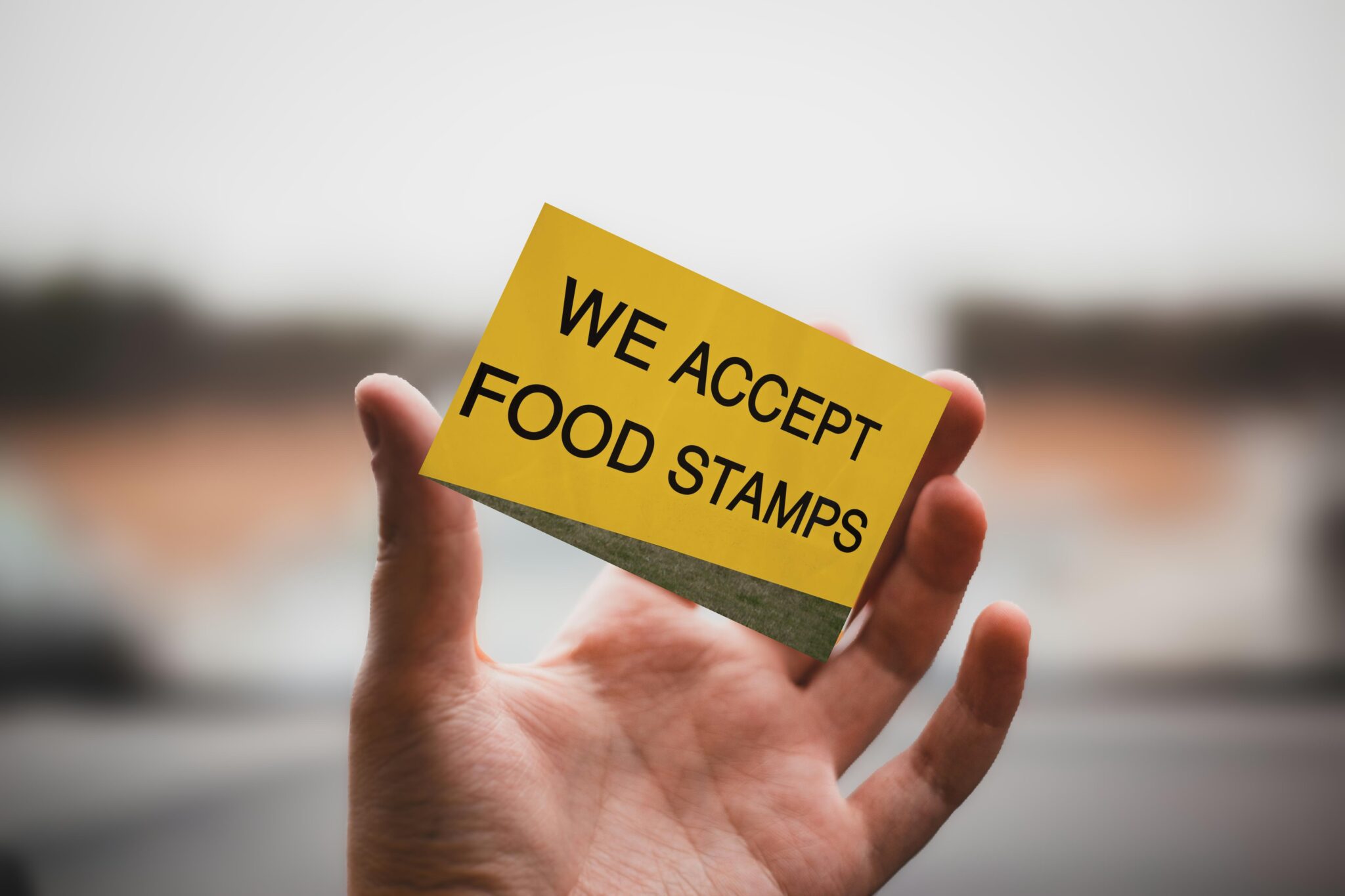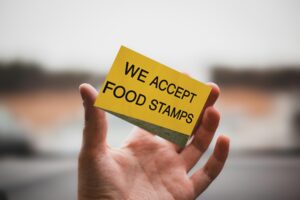
Understanding Food Stamps and How Do They Work?
In today’s complex economic environment, millions of Americans struggle to meet their most basic needs—especially when it comes to putting food on the table. For many, food insecurity is a persistent challenge due to unemployment, underemployment, disability, or other financial hardships. Fortunately, government programs exist to provide support during such difficult times, and one of the most prominent among them is the Supplemental Nutrition Assistance Program (SNAP), commonly known as food stamps.
This article offers a comprehensive understanding of what food stamps are, how they work, who qualifies, how to apply, and their broader impact on individuals and communities.
What Are Food Stamps?
Food stamps are the informal term for SNAP benefits, a federally funded program administered by the U.S. Department of Agriculture (USDA) through its Food and Nutrition Service (FNS). The program was originally established in 1939 as a way to combat both hunger and agricultural surpluses. It evolved significantly over the decades and was formally renamed SNAP in 2008.
The SNAP program provides eligible low-income individuals and families with electronic benefits that can be used to purchase food items at authorized retail stores. The goal is to ensure that people can access nutritious food even when they face financial difficulty.
How Do Food Stamps Work?
Instead of receiving paper stamps as in earlier versions of the program, participants now receive an Electronic Benefits Transfer (EBT) card. This plastic card works similarly to a debit card, allowing users to purchase eligible food items from grocery stores, supermarkets, farmers markets, and even some online retailers.
Eligible Purchases
SNAP benefits can be used to purchase a variety of food products, such as:
- Fruits and vegetables
- Meat, poultry, and fish
- Dairy products
- Breads and cereals
- Snack foods
- Non-alcoholic beverages
- Seeds and plants that produce food for domestic consumption.
Ineligible Purchases
SNAP benefits cannot be used to purchase:
- Alcoholic beverages or tobacco products
- Limited exceptions apply to hot foods and those intended for store consumption.
- Non-food items include cleaning supplies, toiletries, and pet food.
- Vitamins and medicines
Retailers authorized to accept EBT cards must meet certain standards and cannot charge additional fees to SNAP customers. The system is designed to maintain the dignity of recipients while ensuring access to healthy food options.
Who Is Eligible for Food Stamps?
SNAP eligibility is determined by several factors, including household income, size, expenses, and citizenship status. While the program is federally funded, each state administers its own SNAP program, meaning some rules and procedures may vary slightly by location.
General Eligibility Criteria
- Income Restrictions: Most households must fulfill both the gross and net income limits. Gross income refers to all income before deductions, while net income is what remains after allowable deductions (such as housing costs, childcare, or medical expenses for elderly/disabled members). As of 2025, the gross income limit for a family of four is approximately 130% of the federal poverty level.
- Asset Limits: Households may also need to fall below certain asset thresholds, typically $2,750 for most households and $4,250 for those with elderly or disabled members.
- Citizenship and Residency: U.S. citizens and certain legal immigrants are eligible. Undocumented immigrants do not qualify, but children born in the U.S. to undocumented parents may be eligible.
- Work Requirements: Able-bodied adults without dependents (ABAWDs) must meet specific work requirements to remain eligible, including working or participating in a training program for at least 20 hours per week.
- Student Restrictions: College students enrolled at least half-time may have limited eligibility unless they meet specific exemptions, such as working 20 hours per week, being responsible for a child, or participating in a federal work-study program.
How to Apply for Food Stamps
The application process for SNAP benefits generally involves multiple steps, and while it may vary slightly by state, it follows the same general structure nationwide.
Step 1: Submit an Application
Most states allow applicants to apply online, by mail, or in person at their local SNAP office. Applicants must provide detailed information about household composition, income, expenses, and assets.
Step 2: Interview
After submitting an application, the applicant will typically have an interview (in-person or via phone) with a case worker. During this interview, the applicant may be asked to provide additional documentation such as:
- Pay stubs or proof of income
- Rent or mortgage statements
- Utility bills
- Identification documents
Step 3: Eligibility Determination
Once the relevant paperwork have been received and the interview has been completed, the caseworker will review the information to assess eligibility. Most candidates get a judgment within 30 days. Expedited benefits may be available within seven days for applicants experiencing severe hardship.
Step 4: Receiving and Using EBT
If approved, the household receives an EBT card by mail, along with instructions on how to use it. Each month, the card is reloaded with the household’s assigned benefit amount.
How Is the Benefit Amount Determined?
The amount of SNAP benefits a household receives is based on the Thrifty Food Plan (TFP), a model developed by the USDA to estimate the cost of a minimally nutritious diet. The benefit formula subtracts 30% of the household’s net income from the maximum monthly allotment based on household size.
For example, in fiscal year 2025, the maximum monthly SNAP benefit for a household of four is approximately $973. If that household has $500 in net income, their benefit would be calculated as:
$973 – (0.30 × $500) = $973 – $150 = $823
Benefits and Impacts of the Food Stamps Program
Reducing Food Insecurity
SNAP is one of the most effective tools in reducing food insecurity. Studies have shown that households receiving SNAP are significantly less likely to experience hunger or skip meals.
Economic Stimulus
SNAP also serves as an economic stabilizer. Every dollar in SNAP payments is expected to create between $1.50 and $1.80 in economic activity.. By increasing the purchasing power of low-income families, the program helps support grocery stores, farmers markets, and local economies.
Health and Nutrition
Research indicates that SNAP participants had better health outcomes than eligible non-participants. Access to consistent food supplies can help prevent or manage chronic diseases like diabetes, obesity, and hypertension. Additionally, many states offer SNAP-Ed, a nutrition education component designed to help recipients make healthier food choices.
Educational Outcomes
Children in food-secure households tend to perform better academically. By reducing stress related to hunger, SNAP indirectly supports improved concentration, attendance, and overall school performance among children.
Criticisms and Challenges
Despite its many benefits, SNAP is not without criticism or controversy.
Fraud and Abuse
Although instances of fraud in SNAP are relatively rare (accounting for roughly 1% of benefits), critics argue that more rigorous monitoring is needed. Measures have been implemented to reduce fraud, including data matching, fraud hotlines, and penalties for misuse.
Stigma
Some SNAP consumers report feeling stigmatized when accessing their benefits. While the EBT system helps reduce visibility compared to paper food stamps, negative stereotypes about recipients persist. These misconceptions often ignore the diversity of people who rely on the program, including working families, veterans, and senior citizens.
Policy Changes
SNAP is a politically sensitive program, and its funding and eligibility criteria are often debated in Congress. Some policymakers push for stricter work requirements or funding cuts, while others advocate for expansion and increased benefit levels.
Recent Developments and Future Outlook
The COVID-19 pandemic underscored the importance of SNAP, leading to temporary expansions and increased benefit levels. In 2021, the USDA made the most significant permanent increase in benefit levels since the TFP’s inception, raising average benefits by over 25%.
In 2024 and 2025, discussions around the Farm Bill—a major piece of legislation that includes SNAP funding—have focused on improving program access, simplifying eligibility, and addressing nutritional quality.
Future innovations may also include:
- Expanded Online Shopping: More retailers, including Amazon and Walmart, now accept SNAP for online grocery orders.
- Health Incentives: Pilot programs are exploring additional benefits for purchasing fruits and vegetables.
- Technology Integration: Enhanced mobile apps and digital resources are being tested to make account management easier for recipients.
Conclusion
Food stamps, or SNAP benefits, are far more than just financial aid—they are a lifeline for millions of Americans. The program not only alleviates hunger but also supports better health, academic performance, and local economies. While challenges remain in terms of access, stigma, and policy debates, the core mission of SNAP—ensuring that no one in America goes hungry—is as vital today as it was at its inception.
Understanding how food stamps work helps demystify the process for potential recipients, policymakers, and the general public. As the nation continues to grapple with economic inequality and food insecurity, SNAP remains a cornerstone of the social safety net, offering not just food, but hope and opportunity for a better future.



